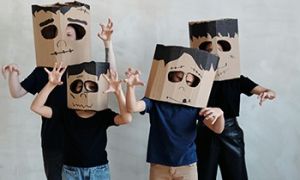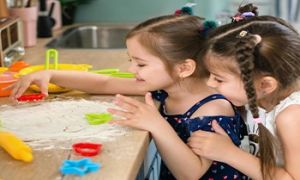Observation starter prompts invite educators to notice deeply, listen generously, and document with emotional intelligence. This article offers themed prompts across routines and play contexts, enabling educators to write about children's experiences without assumptions or judgment.
Cognitive & Inquiry-Based Starters
- “The child explored the materials by…”
- “They paused and looked closely at…”
- “When faced with a challenge, the child…”
- “They repeated the action and then said…”
- “The child noticed a change and responded by…”
Language & Communication Starters
- “The child initiated conversation by saying…”
- “They used gestures and sounds to express…”
- “In response to a peer, the child said…”
- “They named the object and added…”
- “The child asked a question about…”
Social & Emotional Starters
- “The child approached another and…”
- “They offered help by…”
- “When the routine changed, the child…”
- “They expressed emotion by saying…”
- “The child showed empathy when…”
Creative Expression Starters
- “The child selected materials and began to…”
- “They described their creation as…”
- “While painting/drawing/building, the child said…”
- “They changed their approach by…”
- “The child used movement to express…”
Physical & Outdoor Play Starters
- “The child climbed/ran/jumped and then…”
- “They tested their balance by…”
- “The child moved through the space by…”
- “They used tools/equipment to…”
- “The child responded to natural elements by…”
Infant & Toddler-Specific Starters
- “The child reached toward…”
- “They vocalized while…”
- “The child tracked movement by…”
- “They responded to touch/sound/light by…”
- “The child mirrored the adult’s action by…”
Child Voice Caption Starters
- “The child said, ‘…’ while…”
- “They looked at [object/person] and said…”
- “The child whispered…”
- “They repeated the phrase…”
- “The child asked, ‘…’ and waited for a response.”
Mealtimes & Nutrition
- “The child selected [food] and said…”
- “They explored the texture by…”
- “The child watched others and then…”
- “They expressed preference by…”
- “The child used utensils to…”
Rest & Regulation
- “The child settled into their rest space by…”
- “They chose a comfort item and…”
- “The child vocalized/yawned/moved gently before…”
- “They responded to the quiet environment by…”
- “The child expressed tiredness by saying…”
Toileting & Hygiene
- “The child approached the bathroom and…”
- “They asked for help by saying…”
- “The child washed their hands and noticed…”
- “They showed independence by…”
- “The child responded to the routine by…”
Transitions & Routines
- “The child noticed the change and…”
- “They responded to the cue by…”
- “The child expressed readiness by saying…”
- “They moved toward the next activity and…”
- “The child asked, ‘Do we go now?’ before…”
Arrival & Departure
- “The child entered the space and…”
- “They greeted others by…”
- “The child placed their belongings and said…”
- “They looked around and moved toward…”
- “The child said goodbye by…”
Group Time & Learning Circles
- “The child joined the group and…”
- “They responded to the story/song/question by…”
- “The child contributed by saying…”
- “They listened and then added…”
- “The child expressed curiosity when…”
Further Reading
Writing Prompts and Phrases For Reports On Children
Writing Prompts For Evaluations, Reflections and Children
Summative Assessment Cheat Sheet For Educators
Quality Area 1 Cheat Sheet


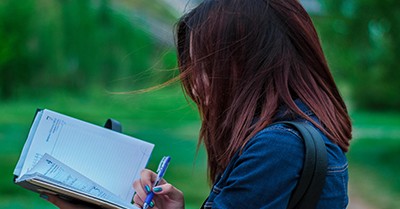
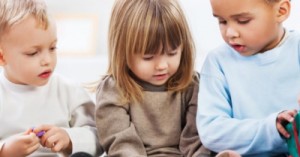
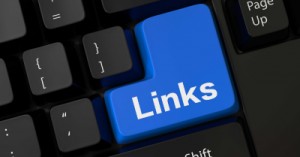

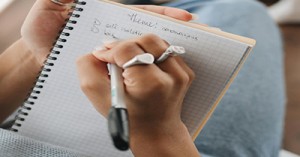
 Here is the list of the EYLF Learning Outcomes that you can use as a guide or reference for your documentation and planning. The EYLF
Here is the list of the EYLF Learning Outcomes that you can use as a guide or reference for your documentation and planning. The EYLF The EYLF is a guide which consists of Principles, Practices and 5 main Learning Outcomes along with each of their sub outcomes, based on identity,
The EYLF is a guide which consists of Principles, Practices and 5 main Learning Outcomes along with each of their sub outcomes, based on identity, This is a guide on How to Write a Learning Story. It provides information on What Is A Learning Story, Writing A Learning Story, Sample
This is a guide on How to Write a Learning Story. It provides information on What Is A Learning Story, Writing A Learning Story, Sample One of the most important types of documentation methods that educators needs to be familiar with are “observations”. Observations are crucial for all early childhood
One of the most important types of documentation methods that educators needs to be familiar with are “observations”. Observations are crucial for all early childhood To support children achieve learning outcomes from the EYLF Framework, the following list gives educators examples of how to promote children's learning in each individual
To support children achieve learning outcomes from the EYLF Framework, the following list gives educators examples of how to promote children's learning in each individual Reflective practice is learning from everyday situations and issues and concerns that arise which form part of our daily routine while working in an early
Reflective practice is learning from everyday situations and issues and concerns that arise which form part of our daily routine while working in an early Within Australia, Programming and Planning is reflected and supported by the Early Years Learning Framework. Educators within early childhood settings, use the EYLF to guide
Within Australia, Programming and Planning is reflected and supported by the Early Years Learning Framework. Educators within early childhood settings, use the EYLF to guide When observing children, it's important that we use a range of different observation methods from running records, learning stories to photographs and work samples. Using
When observing children, it's important that we use a range of different observation methods from running records, learning stories to photographs and work samples. Using This is a guide for educators on what to observe under each sub learning outcome from the EYLF Framework, when a child is engaged in
This is a guide for educators on what to observe under each sub learning outcome from the EYLF Framework, when a child is engaged in The Early Years Learning Framework describes the curriculum as “all the interactions, experiences, activities, routines and events, planned and unplanned, that occur in an environment
The Early Years Learning Framework describes the curriculum as “all the interactions, experiences, activities, routines and events, planned and unplanned, that occur in an environment
